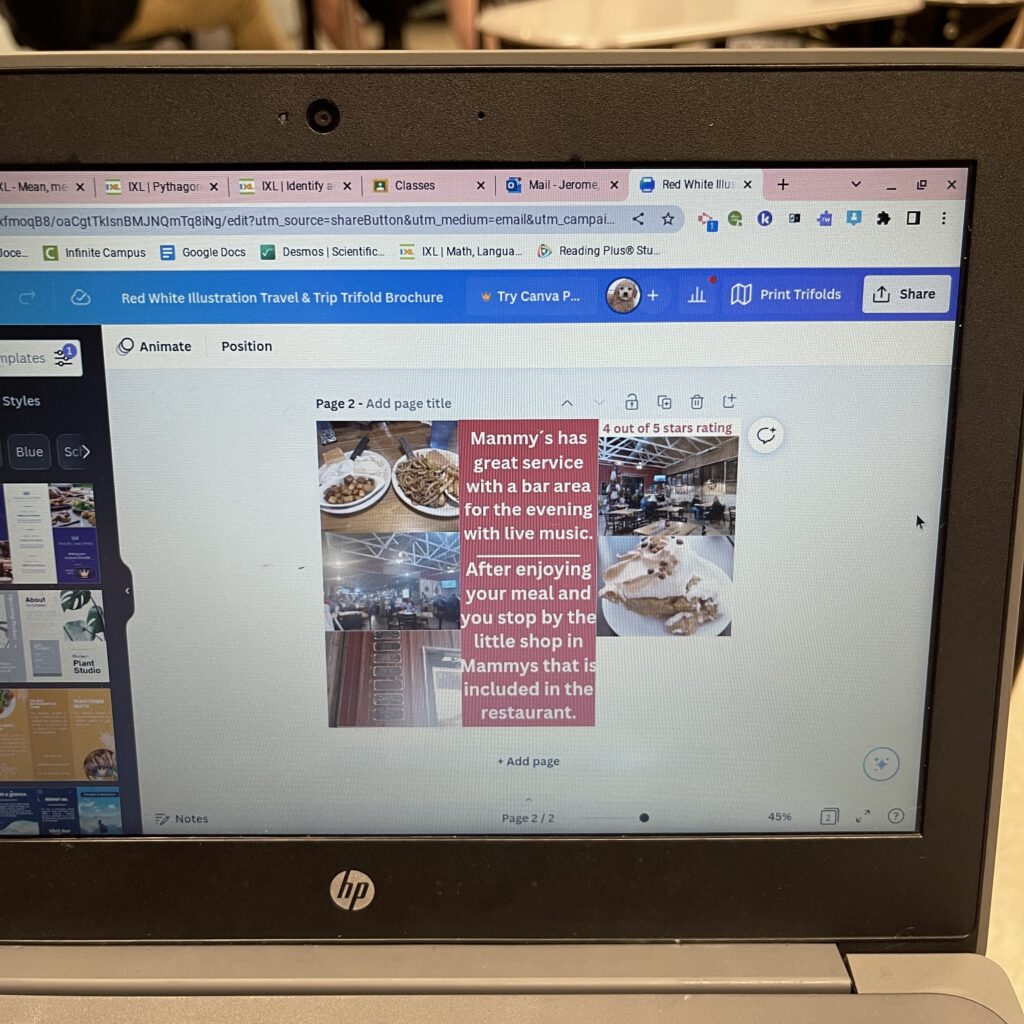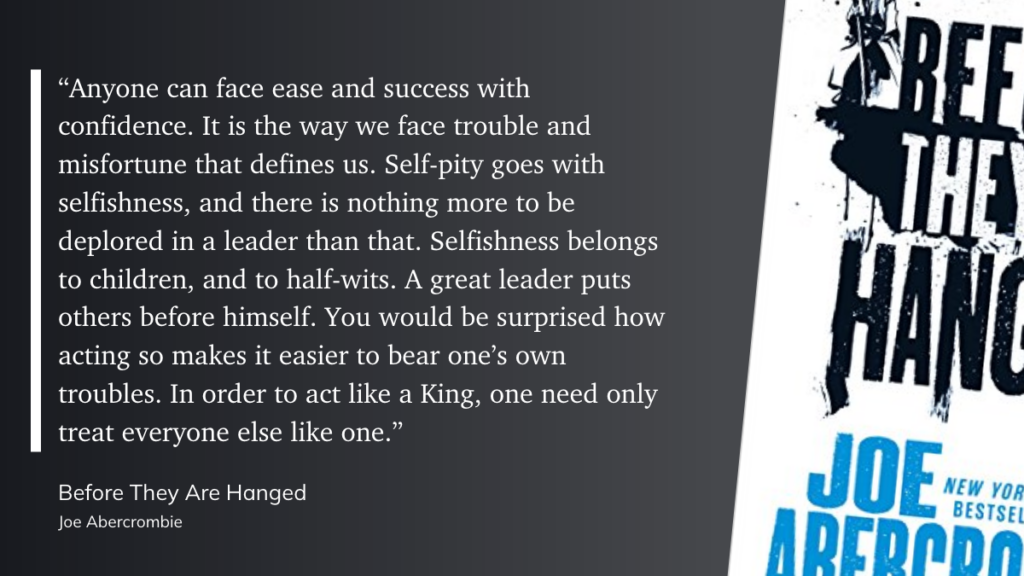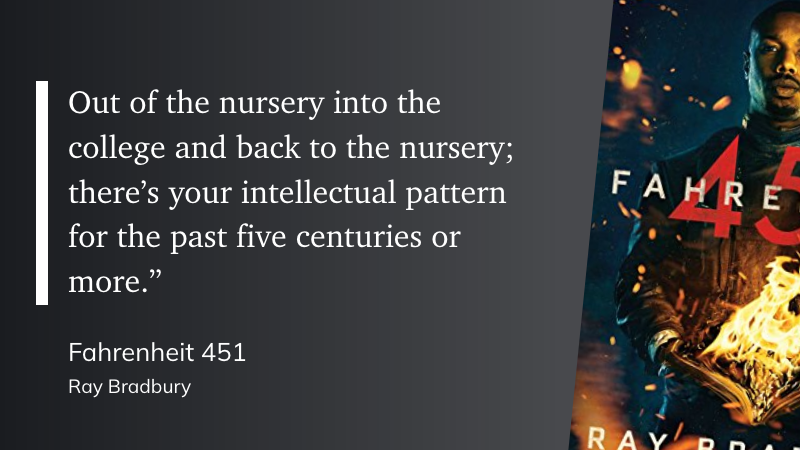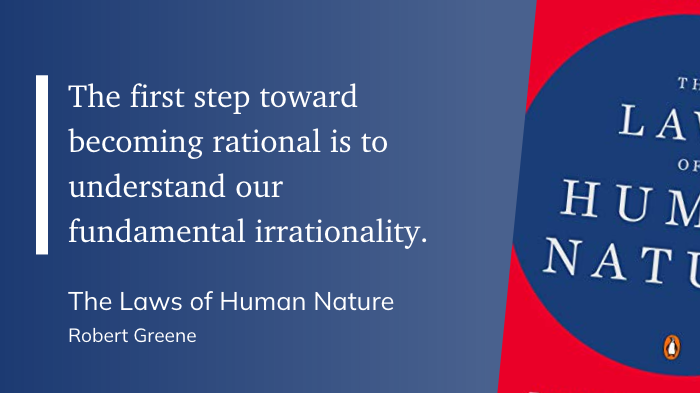Author: Mike Paul
Using Multiple Tools for Content Creation in the Classroom
We’re wrapping up the 2022-2023 school year, and several teachers in my district are continuing their journeys into deeper learning.
Rather than freaking out and focusing on end-of-year testing that means nothing (you know I’m right), I’m working with several 8th-grade classes on worthwhile projects.
One class is designing tourism resources for Bardstown. If you’re not familiar, the tourism industry is HUGE in this area thanks to two things: history and bourbon. Kentucky tourists spent $5.9 billion in 2020, and many of those dollars can be traced to bourbon tourism.
Students are working in groups to create materials for different tourist destinations in Bardstown. They got to choose the location, the format for their materials, and how they will ultimately present them.
Let’s connect this work back to the 4 Shifts and how we’re using it to foster deeper learning in classrooms:
Deeper Thinking and Learning
- Students are researching famous local places. Some of them are taking tours after school hours, conducting interviews, and doing independent research
- Students are discussing what information needs to be included in their information. What should be in a brochure? What do we need to mention in a video?
Authentic Work
- Students are using design tools that are used in the real world to create and publish their work: Canva, YouTube, CapCut, etc.
- Could these projects be used as part of a tourism promotion? Perhaps. This work will likely be a “first draft” of a potential business or tourism department collaboration.
Student Agency & Personalization
- Students chose the format and tools.
- Students chose the topic
Technology Infusion
- Any technology usage is secondary to the research and information presented. Technology is merely the tool conveying the message, not the message itself.
I could go on, but I’ll save a further discussion for the project completion. Suffice it to say the kids are very interested in these projects and what they are learning about their hometown.

I came in to assist in the combination of technology with content. Students are creating on different platforms and need to tie the information together. Several have made videos that we’ve uploaded to YouTube. We created QR codes and added them to the brochures. We’ve used royalty-free music for the videos. Some students even used AI (yep) to help write the script before recording voiceovers.
My point for sharing this work is this: diving into deeper learning can be fun for you and your students. Will some resist? Yes. Will some still find ways to disengage and not really accomplish anything? Yes.
But it’s all part of the adventure of learning. For them, and for us.
The Eclectic Educator is a free resource for everyone passionate about education and creativity. If you enjoy the content and want to support the newsletter, consider becoming a paid subscriber. Your support helps keep the insights and inspiration coming!
Treat Everyone Like a King

“Anyone can face ease and success with confidence. It is the way we face trouble and misfortune that defines us. Self-pity goes with selfishness, and there is nothing more to be deplored in a leader than that. Selfishness belongs to children, and to half-wits. A great leader puts others before himself. You would be surprised how acting so makes it easier to bear one’s own troubles. In order to act like a King, one need only treat everyone else like one.” (Joe Abercrombie, Before They Are Hanged)
Tuesday Assorted Links
The 2023 Pulitzer Prize Winners
Since its founding in 1917, the Pulitzer Prize has recognized excellence in journalism, arts, and literature. The Pulitzer Prize winners for 2023 have been announced, and they represent some of the best and brightest in their respective fields.
Among the winners are journalists who exposed corruption and abuse of power, authors who wrote moving and thought-provoking works of fiction and non-fiction, and musicians who created groundbreaking new compositions. The Pulitzer Prize continues to symbolize the highest achievement in these fields, and the winners serve as inspirations to us all.
You can see the winners in all categories, including 15 Journalism categories, on the Pulitzer website. You can also watch the ceremony in full on YouTube below.
Books
Here are the 2023 Pulitzer Prize winners in the Books categories.
Fiction
“Demon Copperhead,” by Barbara Kingsolver (Harper)
“Trust,” by Hernan Diaz (Riverhead Books)
Finalist:
“The Immortal King Rao,” by Vauhini Vara (W. W. Norton & Company)
History
“Freedom’s Dominion: A Saga of White Resistance to Federal Power,” by Jefferson Cowie (Basic Books)
Finalists:
“Seeing Red: Indigenous Land, American Expansion, and the Political Economy of Plunder in North America,” by Michael John Witgen (Omohundro Institute of Early American History and Culture/University of North Carolina Press)
“Watergate: A New History,” by Garrett M. Graff (Avid Reader Press/Simon & Schuster)
Biography
“G-Man: J. Edgar Hoover and the Making of the American Century,” by Beverly Gage (Viking)
Finalists:
“His Name is George Floyd,” by Robert Samuels and Toluse Olorunnipa (Viking)
“Mr. B: George Balanchine’s 20th Century,” by Jennifer Homans (Random House)
Memoir or Autobiography
“Stay True,” by Hua Hsu (Doubleday)
Finalists:
“Easy Beauty: A Memoir,” by Chloé Cooper Jones (Avid Reader Press/Simon & Schuster)
“The Man Who Could Move Clouds: A Memoir,” by Ingrid Rojas Contreras (Doubleday)
Poetry
“Then the War: And Selected Poems, 2007-2020,” by Carl Phillips (Farrar, Straus, and Giroux)
Finalists:
“Blood Snow,” by dg nanouk okpik (Wave Books)
“Still Life,” by the late Jay Hopler (McSweeney’s)
General Nonfiction
“His Name Is George Floyd: One Man’s Life and the Struggle for Racial Justice,” by Robert Samuels and Toluse Olorunnipa (Viking)
Finalists:
“Kingdom of Characters: The Language Revolution That Made China Modern,” by Jing Tsu (Riverhead Books)
“Sounds Wild and Broken: Sonic Marvels, Evolution’s Creativity, and the Crisis of Sensory Extinction,” by David George Haskell (Viking)
“Under the Skin: The Hidden Toll of Racism on American Lives and on the Health of Our Nation,” by Linda Villarosa (Doubleday)
The Intellectual Pattern

“Out of the nursery into the college and back to the nursery; there’s your intellectual pattern for the past five centuries or more.” (Ray Bradbury, Fahrenheit 451)
Becoming More Rational

“The first step toward becoming rational is to understand our fundamental irrationality.” (Robert Greene, The Laws of Human Nature)
Midjourney Recreates Ancient Battles
From the “This is wicked cool” department, here are some examples of Midjourney’s take on ancient battles.
I continue to be blown away by the power of AI tools. At the same time, I completely understand many of the concerns about AI replacing working writers, artists, and other creators.
There is a way forward, and I think it lies in using AI as a support tool. The possibilities for students to use AI as a support to their work are many, but we must be judicious in its usage.
The Library is a Safe Place
I had no idea that Wil Wheaton graced my home state with his presence back in March at the Southern Kentucky Book Fest. I can’t tell you how bummed I am that I missed seeing him speak.
Neverminding my failure to stay on top of cool things, Mr. Wheaton was nice enough to post a copy of his remarks on his site. I’m just a few years younger than Wil and not only empathize with his childhood experiences but can say I had my own version of them.
I also totally agree that “the library is a safe place” for everyone.
In order to survive, I disassociated for much of my childhood, but I clearly remember the books. That’s where I found comfort, companionship, inspiration and validation. It’s where the imagination that powers everything I do creatively in my life today was born. And it all started in that library, with that librarian. She was one of the first people I can remember asking me, “What do you like? What’s important to you? What do you want to know more about? How can I help you find it?”
That moment was so special and meaningful, not just then, but for years after. When I got older, I began to learn that so much of what had been presented to me as truth in school wasn’t just false, it was propaganda. I remember the first time I saw a banned books display at a bookstore in the mall when we were on location for Stand By Me. I wanted to read all of them, because I’d figured out that if They didn’t want me to, there must be something pretty great inside.
I read To Kill A Mockingbird, and began thinking about racism and injustice.
I read 1984 and Brave New World, and began thinking about autocrats, and what it meant to be truly free to choose our own destinies.
I read Johnny Got His Gun, and All Quiet on the Western Front, and saw firsthand the horrors of war.
– Wil Wheaton
You can read his full remarks right here.
Would AIs make better professionals than humans?
Doug Johnson posits:
One quality that AI may put to extremely positive use would be objectivity – a lack of personal biases or prejudices. Properly programmed, my financial advisor AI should not be advising me to invest in areas where the advisor would get the biggest fee, but where I would stand to make the biggest return at the lowest risk. Would my AI dentist or doctor only recommend those procedures and medications that have proven rate of effectiveness not the most kickback from pharmaceutical companies? Would an AI intelligence agent be more likely to uncover double-agents in the office?
Of course, the burning question in education is “Would AIs make better teachers than humans?”